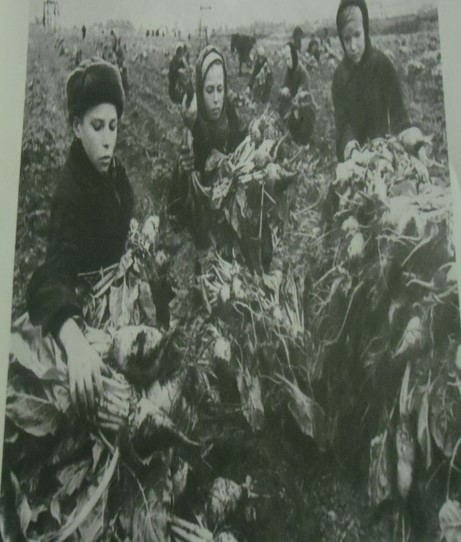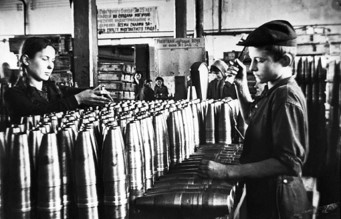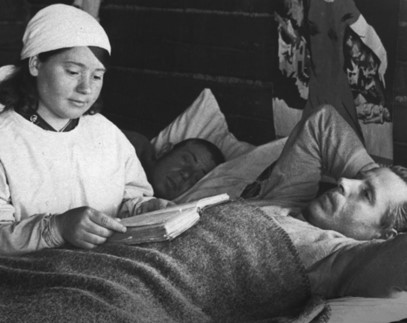Children of the Soviet Union in World War II
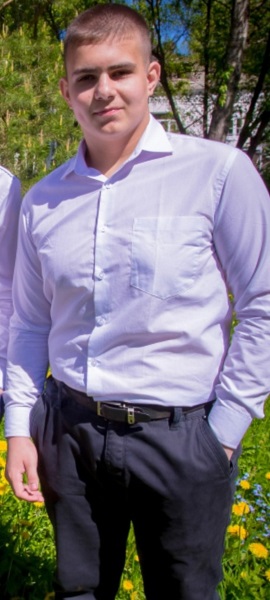
Project by Kirill Zhukov
10th grade
Rybinsk
2020
Project purpose
To find out
- How children lived during the war in the former Soviet Union.
- How and why some children were involved into military actions.
- What the average age of little soldiers was.
- How many children became the victims of the WW II and sacrifiсed their lives.
- How some children became heroes of the USSR.
- If people keep memory about children of the war
- How many children died during WWII.
Tasks
- To make a short survey on the topic for English – speaking people.
- To post my survey on my Facebook page.
- To get answers that would show the importance of the topic.
- To find all available informati
- on on war children.
- To analyze this information.
- To make a presentation to remind people all over the world about the horrors of the war and show how it ruined children’s lives.
- To post the presentation on the Internet.
Interviewing native speakers on the social network Facebook
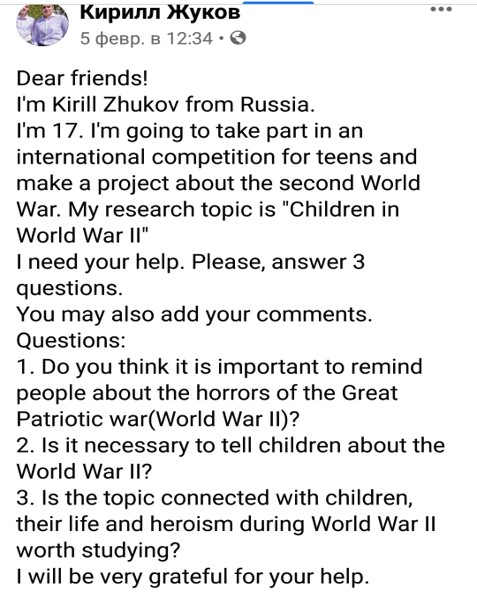 On my page I made a survey consisting of 3 questions and asked the English and the Americans to answer them.
On my page I made a survey consisting of 3 questions and asked the English and the Americans to answer them.
Some people responded and they answered my questions. I was very happy about it because,to be honest,
I didn't expect anyone to reply.
The answers inspired me to start this project.
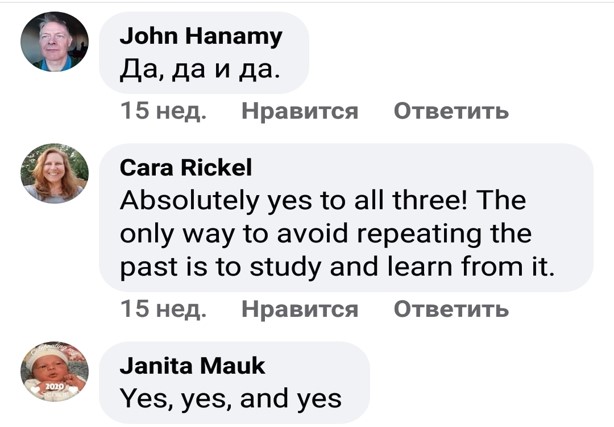
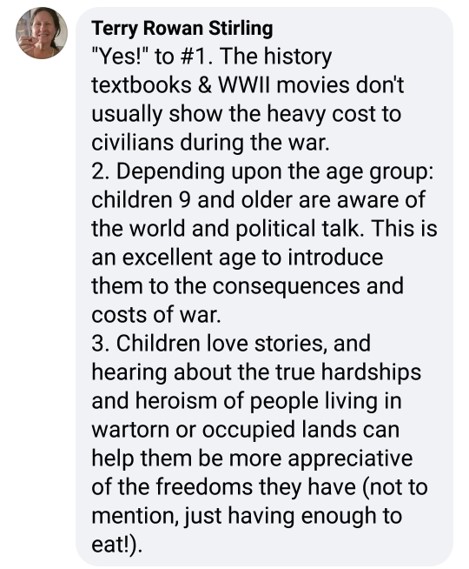
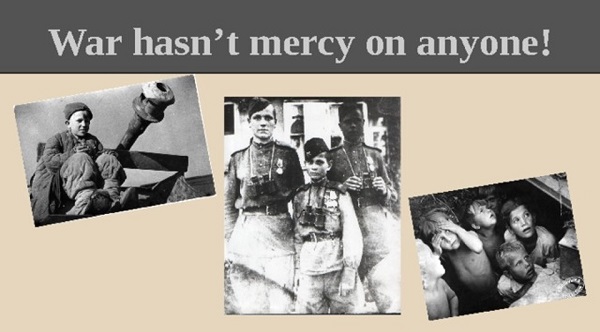
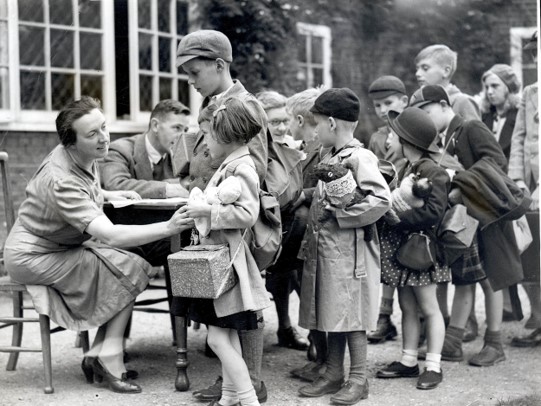
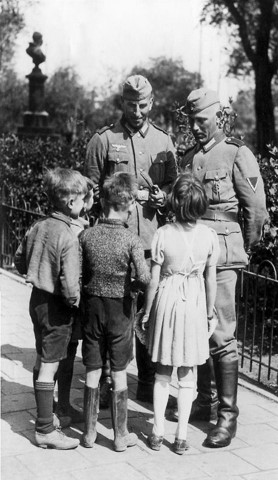 According to the statistics, the Great Patriotic War has taken about 27 million lives of citizens of the Soviet Union. About 10 million of them were soldiers, the rest - the elderly, women and children. But statistics says nothing about how many children died there.
According to the statistics, the Great Patriotic War has taken about 27 million lives of citizens of the Soviet Union. About 10 million of them were soldiers, the rest - the elderly, women and children. But statistics says nothing about how many children died there.
The war crippled the fate of thousands of children, it has taken away the light and joyful childhood.
The war crippled the fate of thousands of children, it has taken away the light and joyful childhood.
Victims
During WWII,as in any other war, all the children were victims,without exception. Some lost their lives,while others lost their innocence. Many of those who lost their innocence had to live with emotional scars for the rest of their lives, for they had been forced to do things no child should ever have to do.
Studying during the war
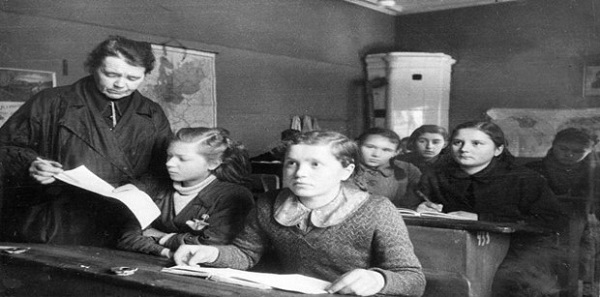
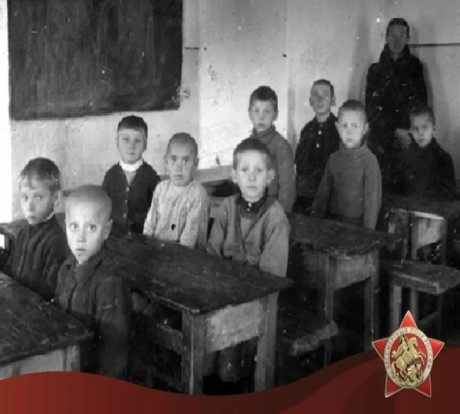 Despite the war, schools continued their work and kids could study there until the 4th grade. There were textbooks, but there were no notebooks, children had to write on newspapers, old receipts on any piece of paper they could find. The ink was soot from the furnace. They diluted it with water and poured it into a jar . There was no uniform for either boys or girls. The school day was short, because they had to go to work.
Despite the war, schools continued their work and kids could study there until the 4th grade. There were textbooks, but there were no notebooks, children had to write on newspapers, old receipts on any piece of paper they could find. The ink was soot from the furnace. They diluted it with water and poured it into a jar . There was no uniform for either boys or girls. The school day was short, because they had to go to work.
During WW II children worked hard at plants and factories to help adults. Sometimes they had to work for 12 hours a day.
Holidays
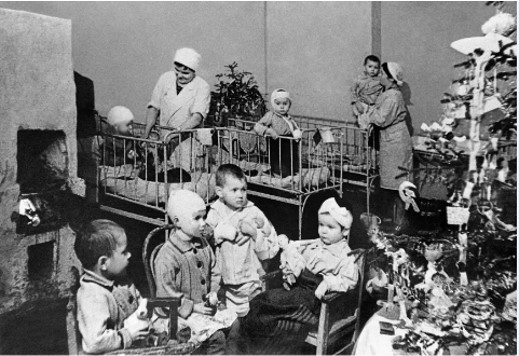
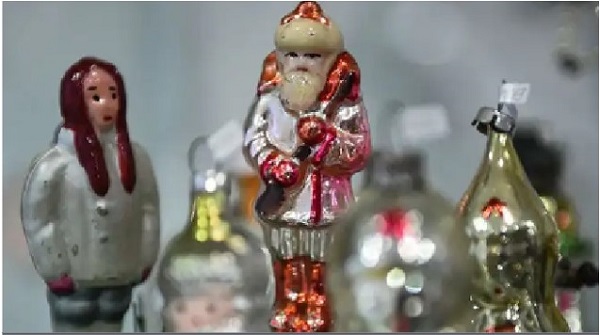 During the War they had nothing to eat but adults did their best to organize New Year’s day for children.
During the War they had nothing to eat but adults did their best to organize New Year’s day for children.
There were unusual toys: soldiers , tanks, nurses and Father Frost with a gun.
Hard work
Adults and children from the age of five worked hard. In villages boys helped with hay and cattle. They fed farm animals and cleaned the stalls. In autumn, while studying, the children also continued to work. Most of the children worked in the fields: they helped to grow potatoes, cabbage, carrots and other vegetables, gathered rye spikelets and wheat. Most people worked at collective farms. They also worked in collective farm gardens. They worked all day long and nobody complained as it was important for the victory.
In cities thousands of children worked at plants and factories. Some of them helped to make weapon and artillery shells. Girls helped in hospitals and had to face blood and pain daily. All of them had to grow up at once.
Children on the front
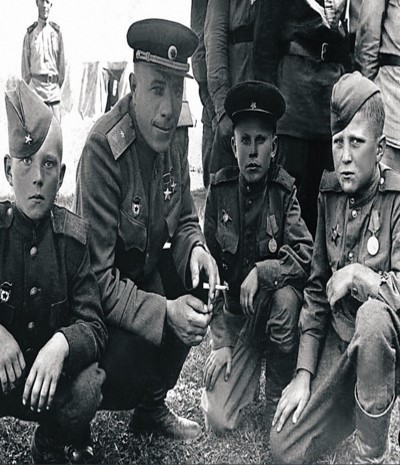 It was common for many teenagers to add a year or two to their real age and go to the front. Many of them, at the cost of their lives, collected the ammunition, machine guns, grenades, rifles and other weapons left after fightings and then handed them over to the partisans. Some children were engaged in guerrilla intelligence, in groups of avengers. They helped our underground fighters organize escape of military prisoners, saved the wounded, set fire to German warehouses with weapons and food were liaisons. It is known that there weren’t only boys who fought in the war. Girls did it with no less heroism. Courage, strength of spirit of these children, the ability to sacrifice themselves for their country, made a huge contribution to the overall victory. Sadly thousands of those children were killed . Officially 27 million people died in this war in our country . Only 10 million of them were servicemen. The rest were civilians, mostly women and children. Speakong about the children who died in the war... Their number can't be counted accurately.
It was common for many teenagers to add a year or two to their real age and go to the front. Many of them, at the cost of their lives, collected the ammunition, machine guns, grenades, rifles and other weapons left after fightings and then handed them over to the partisans. Some children were engaged in guerrilla intelligence, in groups of avengers. They helped our underground fighters organize escape of military prisoners, saved the wounded, set fire to German warehouses with weapons and food were liaisons. It is known that there weren’t only boys who fought in the war. Girls did it with no less heroism. Courage, strength of spirit of these children, the ability to sacrifice themselves for their country, made a huge contribution to the overall victory. Sadly thousands of those children were killed . Officially 27 million people died in this war in our country . Only 10 million of them were servicemen. The rest were civilians, mostly women and children. Speakong about the children who died in the war... Their number can't be counted accurately.
Little heroes
Marat Kazey
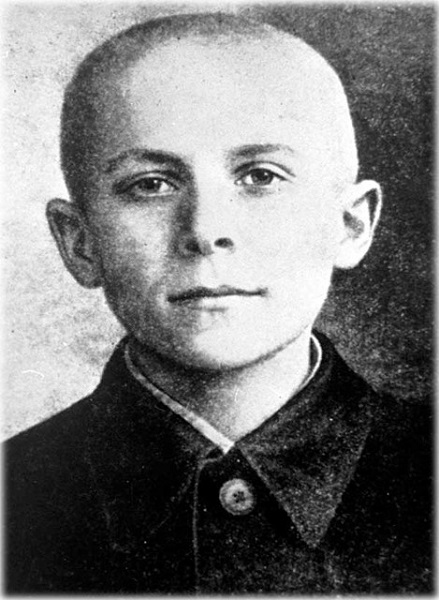 Marat’s mother was captured and hanged for communication with the partisans. Together with his sister, the boy went to the partisans in the Stankovsky forest. He became a scout at the headquarters of the partisan brigade, penetrated into enemy garrisons and delivered valuable information to the command.
Marat’s mother was captured and hanged for communication with the partisans. Together with his sister, the boy went to the partisans in the Stankovsky forest. He became a scout at the headquarters of the partisan brigade, penetrated into enemy garrisons and delivered valuable information to the command.
Marat participated in battles and invariably showed courage, fearlessness, along with experienced bombers mined the railway.
The young hero died in a battle.
Zina Portnova
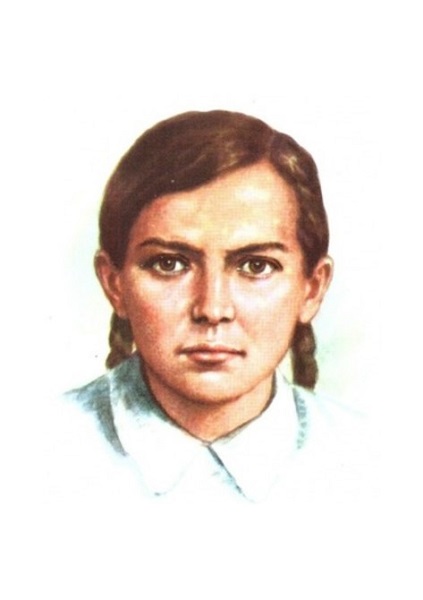 The war found the Leningrad pioneer Zina Portnova in the village of Zuya, where she came for vacation - this is not far from the Obol station in the Vitebsk region. An underground Komsomol-youth organization Young Avengers was created in Oboli, and Zina was elected a member of its committee. She participated in impudent operations against the enemy, in sabotage, distributed leaflets, conducted intelligence on the instructions of the partisan detachment.
The war found the Leningrad pioneer Zina Portnova in the village of Zuya, where she came for vacation - this is not far from the Obol station in the Vitebsk region. An underground Komsomol-youth organization Young Avengers was created in Oboli, and Zina was elected a member of its committee. She participated in impudent operations against the enemy, in sabotage, distributed leaflets, conducted intelligence on the instructions of the partisan detachment.
It was December 1943. Zina was returning from the assignment. In the village of Mostishche she was betrayed by a traitor. The Nazis seized the young partisan and tortured her. The answer to the enemy was Zina's silence, her contempt and hatred, the determination to fight to the end. During one of the interrogations, choosing the moment, Zina grabbed a pistol from the table and shot at the Gestapo point blank.
The officer who ran into the shot was also killed on the spot. Zina tried to escape, but the Nazis overtook her ...
The brave young pioneer was brutally tortured, but until the last minute she remained steadfast, courageous, unbending
Leonid Golikov
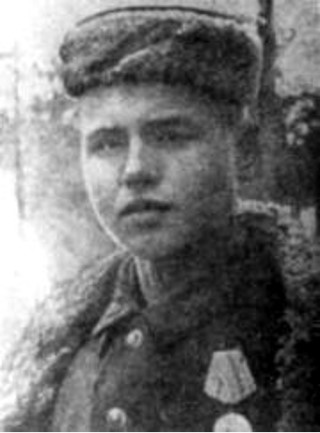 The boy grew in the village of Lukino, on the banks of the Polo River, which flows into the legendary Ilmen Lake. When his native village was captured by the enemy, the boy went to the partisans.
The boy grew in the village of Lukino, on the banks of the Polo River, which flows into the legendary Ilmen Lake. When his native village was captured by the enemy, the boy went to the partisans.
More than once he went to reconnaissance, brought important information to the partisan detachment. And enemy trains and cars flew downhill, bridges collapsed, enemy warehouses burned ...
There was a battle in his life, which Lenya waged face to face with a fascist general. A grenade thrown by a boy knocked out a car. A Nazi got out of it with a briefcase in his hands and, shooting back, rushed to run. Lenya is behind him. For almost a kilometer he pursued the enemy and finally killed him. The portfolio contained very important documents. Partisan headquarters immediately ferried them to Moscow.
There were many more battles in his short life! And the young hero never faltered and fought shoulder to shoulder with the adults. He died near the village of Ostray Luka in the winter of 1943, when the enemy was especially fierce, feeling that the earth was burning under his feet, that there would be no mercy for him .
Leonid Golikov
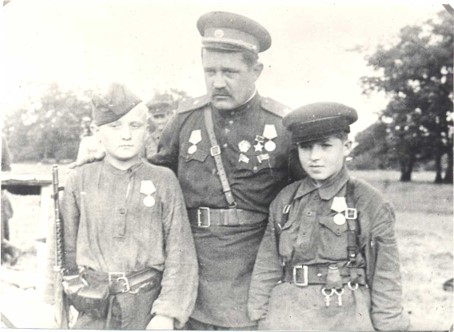 A lot of other children of war fought against the German invaders on a par with adults. Some of them became sons of the regiment . Marshal Baghramyan recalled that the courage, bravery of teenagers ,their ingenuity in performing tasks amazed even old and experienced soldiers.
A lot of other children of war fought against the German invaders on a par with adults. Some of them became sons of the regiment . Marshal Baghramyan recalled that the courage, bravery of teenagers ,their ingenuity in performing tasks amazed even old and experienced soldiers.
According of the official data of the Central Archive of the Ministry of Defense (TsAMO) of Russia, during the war years there were more than 3500 military personnel under the age of 16 in military units. But accurate figures will remain unknown forever. ..
Memory
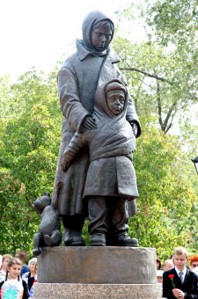
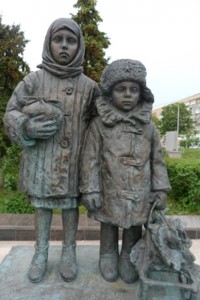
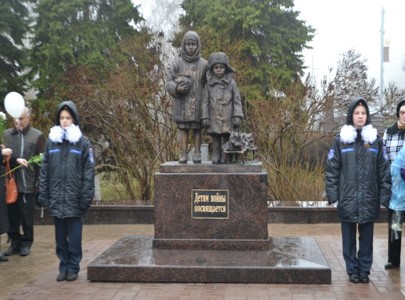 There are a lot of books about children of war in Russian. One of the books “Last Witnesses” by Svetlana Alexeevich has recently been translated into English. And now it’s available for the world’s community.
There are a lot of books about children of war in Russian. One of the books “Last Witnesses” by Svetlana Alexeevich has recently been translated into English. And now it’s available for the world’s community.
Almost in every city of former Soviet Union you can find a memorial to children of that war. No words needed here, they speak for themselves.
Result
While I was working on the project I read and studied a lot of information on this topic. It was a great surprise that there was very little information in English about children of the Soviet Union. That’s why I’ve chosen to write about them.
I can say that it was very sad to know that children at that time did not live, but really survived. They had practically nothing. For modern children it is a very big problem to be satisfied with what they have.
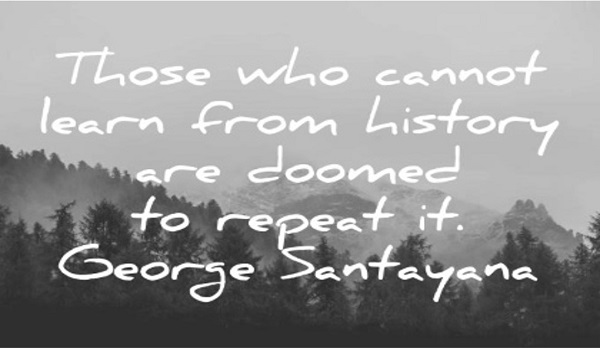 I think that everyone should remember their heroes and the lessons of history. And children all over the world should be taught to respect our planet’s past. Hope this work will become an inspiration for further studies. Maybe someone will get interested in it. Hope new projects, books and films in English will appear so that people from different countries could pay tribute to the memory of the heroes.
I think that everyone should remember their heroes and the lessons of history. And children all over the world should be taught to respect our planet’s past. Hope this work will become an inspiration for further studies. Maybe someone will get interested in it. Hope new projects, books and films in English will appear so that people from different countries could pay tribute to the memory of the heroes.
Sources
- https://yandex.ru/turbo/s/fb.ru/article/147078/na-voyne-deti-voennoe-detstvo-podvigi-detey-na-voyne
- http://moyapobeda.ru/zhizn-detej-vo-vremya-velikoj-otechestvennoj-vojny.html
- https://dirkdeklein.net/2016/11/02/the-children-of-wwii/
- https://www.historylearningsite.co.uk/world-war-two/children-and-world-war-two/
- https://yandex.ru/turbo/s/nnils.livejournal.com/949082.html
- https://topwar.ru/7515-detstvo-rastoptannoe-voynoy.html
- https://www.historyforkids.net/world-war-2.html/
- https://www.natgeokids.com/za/discover/history/general-history/world-war-two/
- https://www.mgpu.ru/wp-content/uploads/2020/03/Detstvo-opalyonnoe-vojnoj.pdf
- https://gazeta.a42.ru/lenta/articles/73785-malenkie-geroi-kak-deti-vyzhivali-na-voine
© Copyright: Exeter Yaroslavl Twinning Association 2014 - 2021
